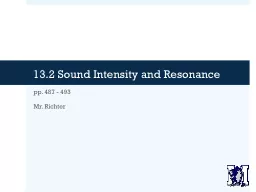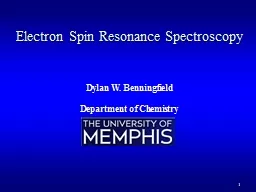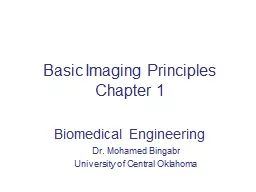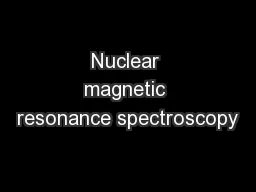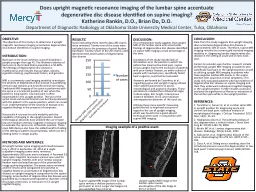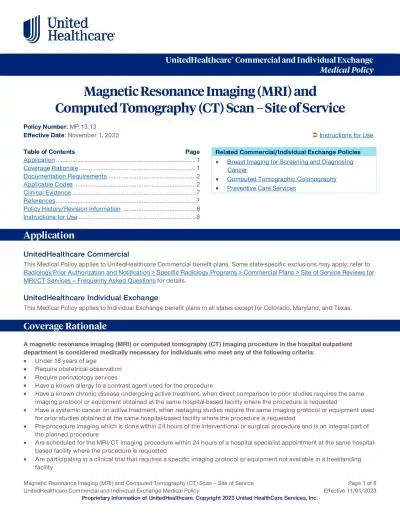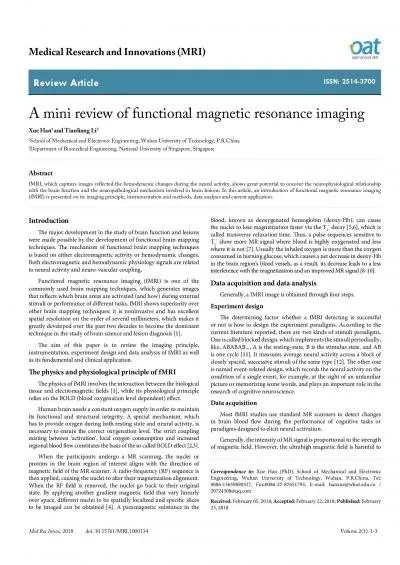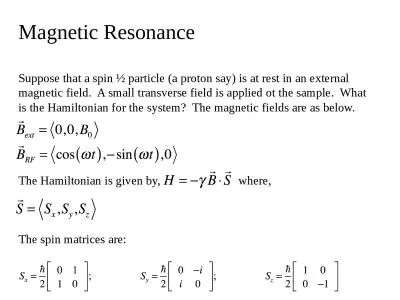PPT-Magnetic Resonance Imaging
Author : giovanna-bartolotta | Published Date : 2016-06-30
Shi Chen amp Pan Hui Chapter 13 Outline We fi r st explore the instrumentation necessary to create MR images Then we present the image formation process Imaging
Presentation Embed Code
Download Presentation
Download Presentation The PPT/PDF document "Magnetic Resonance Imaging" is the property of its rightful owner. Permission is granted to download and print the materials on this website for personal, non-commercial use only, and to display it on your personal computer provided you do not modify the materials and that you retain all copyright notices contained in the materials. By downloading content from our website, you accept the terms of this agreement.
Magnetic Resonance Imaging: Transcript
Download Rules Of Document
"Magnetic Resonance Imaging"The content belongs to its owner. You may download and print it for personal use, without modification, and keep all copyright notices. By downloading, you agree to these terms.
Related Documents




